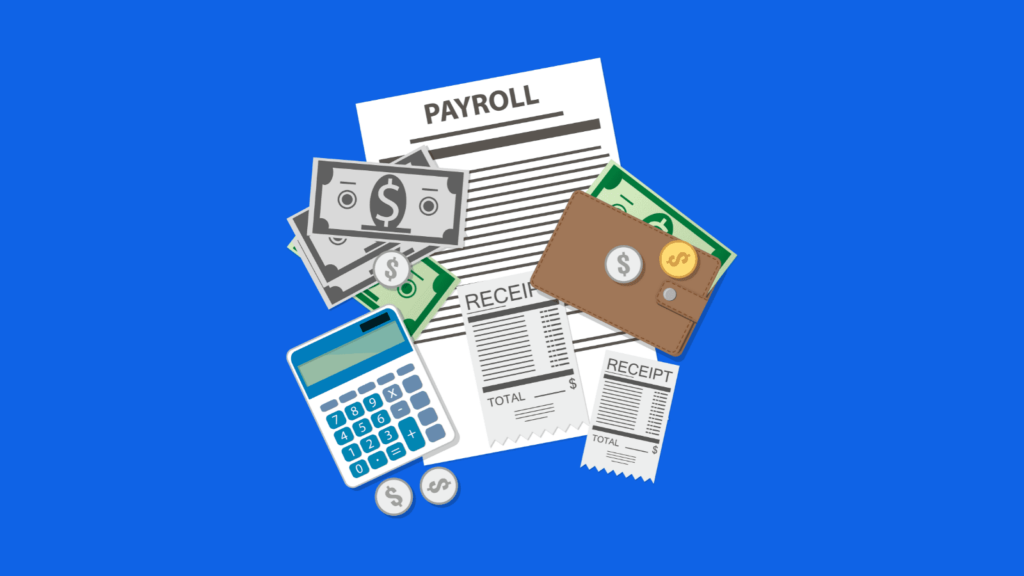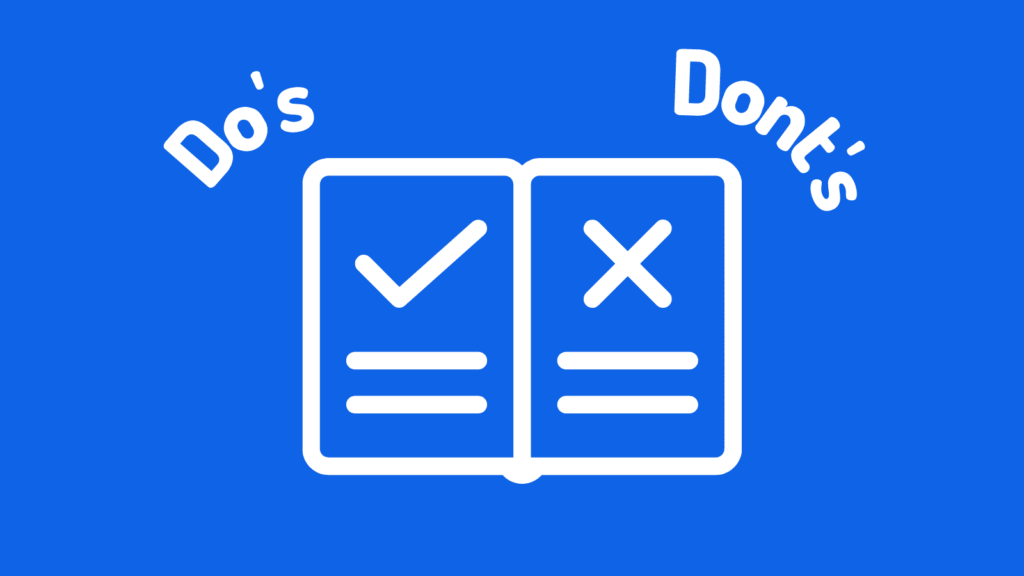Tax Season: 3 Tips for Small Businesses
December 20, 2022

peakreliance
Accounting, Taxes
It is common for small business owners to put off thinking about taxes until the last minute. However, starting to prepare for tax season early can help you reduce your tax burden, increase deductions, and avoid the stress of trying to complete everything at the last minute. By getting a jump on tax season, you can take proactive steps to minimize your tax burden and ensure that you are well-prepared for the upcoming filing deadline.
-
Keep employee and independent contractor information up-to-date
As a small business owner, it is important to keep track of all your independent contractors and employees. If you work with independent contractors who are not employees or an incorporated business, you will need to submit a 1099 form to report any payments of $600 or more. To ensure you have the most accurate contact information for your contractors, you may request that they fill out a W-9 form, which will provide you with their business tax identification number and contact information.
To prepare for tax season, it is also important to make sure that you have updated contact information for all your employees. You should request that all employees log into your payroll system and update their information before the end of the year. By January 31, each employee should receive a W-2 form. By starting early and ensuring that you have accurate and up-to-date information for all your contractors and employees, you can avoid last-minute issues and ensure a smooth tax season.
-
Boost Your End-of-Year Deductions
As the end of the year approaches, it is a good idea to consider ways to minimize your tax bill. Here are a few ways you can do this:
- Buy Necessary Equipment: If you need to purchase new computer equipment or office furniture, you may be able to deduct the cost of these items on your taxes. Under Section 179, small businesses are allowed to take a tax deduction of the full purchase price for certain qualifying property, such as business equipment and supplies like computers and office furniture, rather than depreciating the cost over time.
- Provide Donation to a Qualified Charitable Organization: Donating cash or in-kind (property or equipment) to a qualified charitable organization can help you reduce your tax burden. Your deduction limits will depend on your business’s organizational structure.
- Give your employees year-end bonuses: If your business has had a successful year, consider giving bonuses to outstanding employees before the end of the year. Bonuses given before December 31 can help minimize your tax burden.
- Organize a Reasonable Holiday Party: Your holiday party expenses may be deductible if they meet certain criteria established by the IRS. For example, the IRS may allow you to deduct 100% of your holiday party expenses if the event promotes employee goodwill and is limited to all employees (not including the owner) and their spouses. No contractors, vendors, or business contacts are allowed to attend in order to qualify for the full deduction. Additionally, the event must be reasonable in relation to your annual revenue and not considered extravagant.
-
Gather documentation
To minimize your tax burden, it is important to have accurate and well-organized documentation for all your expenses and deductions. This may include receipts, invoices, and other documentation. You may want to make copies or electronically scan paper receipts and other hard-to-read documents to ensure that you have access to them when you need them.
Start collecting receipts and invoices for items that are often overlooked, such as cloud-based subscription services like Dropbox, domain names and web hosting, and online shopping services like Amazon Prime or membership programs like Costco, if they are used exclusively for your business. You should also review business credit card accounts, current year bank statements, or last year’s tax returns to identify any forgotten expenses. Don’t forget to gather receipts for any paid professional services, such as attorney fees, membership dues, or business-related publications. If you attended any conferences or trade shows this year, make sure to gather receipts for the event registration fee and related expenses like parking or toll fees.
It is a good idea to start organizing your documentation as early as possible, rather than waiting until the end of December. This will help you avoid last-minute scrambling to find receipts and get your documents to your tax professional in a timely manner. Consider setting up an easy-to-use filing system to help you keep track of all your documents and files.
Don’t let tax season stress you out! Let Peak Reliance help you navigate the complexities of small business tax preparation. Our team of experts will ensure that you receive all the deductions and credits you’re entitled to, and help you file your taxes accurately and on time. To learn more about our services and pricing, visit our pricing page or give us a call at (718) 218-5558. You can also email us at [email protected] with any questions or to schedule a consultation.
Post Tags :
Tax Season
About Us
Empowering small businesses and individuals with efficient and reliable bookkeeping & tax services.











